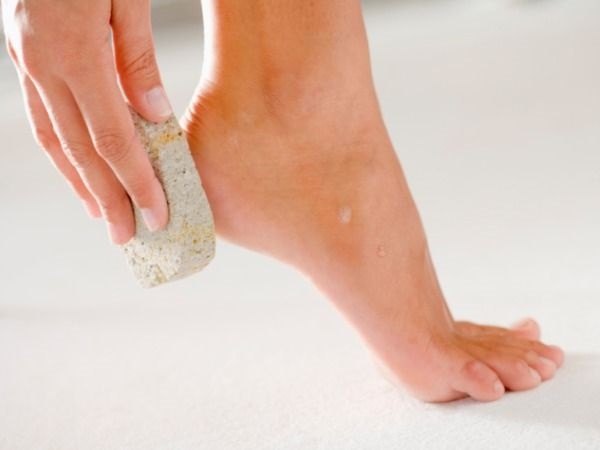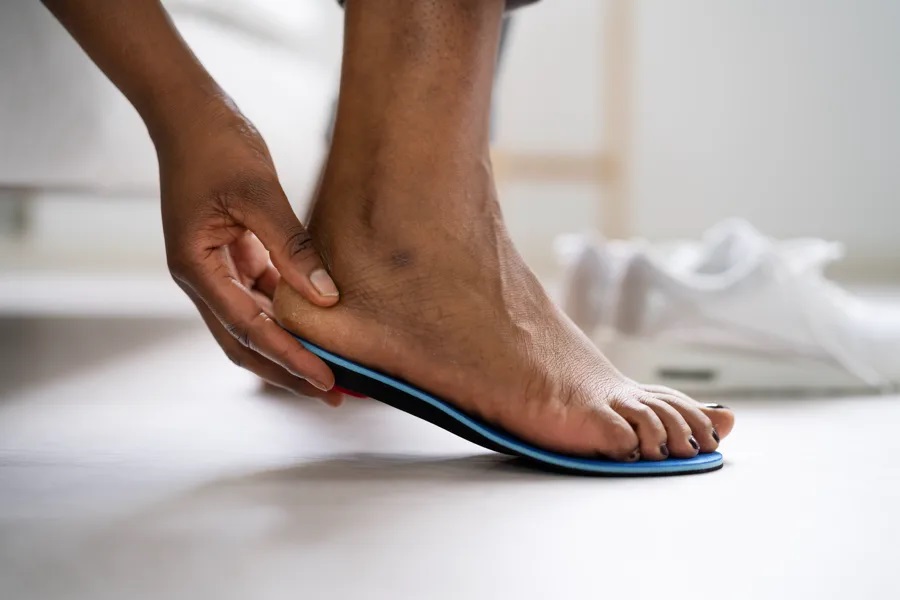
Your foot arch plays a crucial role in how you stand, walk, and absorb impact. Each step you take engages your arches to distribute your body weight and maintain balance. Understanding whether you have flat, normal, or high arches is essential for selecting the right footwear and preventing discomfort or injuries.
Here’s everything you need to know.
What Are the Types of Foot Arches?
1. Flat Arches (Fallen Arches)
Flat feet occur when the arch is very low or nearly absent, causing the entire foot to rest flat against the ground. This is common in young children, as their arches may not develop until around age six. However, some adults retain this condition, either due to genetics, injury, or overuse.
Impact on Movement and Posture:
Flat feet often lead to overpronation, where the foot rolls inward excessively during movement. This can strain the ligaments and muscles, resulting in pain in the feet, legs, or lower back. People with flat feet may also experience reduced shock absorption during physical activities.
Footwear Tips:
Look for supportive shoes with arch support and motion control to stabilize the foot. Orthotic insoles can also help distribute pressure evenly and reduce discomfort. Avoid unsupportive or excessively flexible shoes, as they can worsen overpronation.
2. Normal Arches
A normal or neutral arch strikes a balance between high and flat. When standing, the arch is noticeable but not overly pronounced. This is the most efficient structure for distributing body weight and absorbing impact.
Impact on Movement and Posture:
People with neutral arches tend to pronate within a healthy range, ensuring smooth weight distribution. This reduces strain on the feet, legs, and back, allowing for natural and balanced movement.
Footwear Tips:
Neutral arches are versatile and do well with most types of footwear. Cushioning and moderate arch support can enhance comfort for daily activities or sports. Evaluate the tread wear on your shoes occasionally to ensure alignment issues aren’t developing over time.

3. High Arches (Cavus Feet)
High arches are characterized by a pronounced curve along the midfoot, with only the heel and ball of the foot making significant contact with the ground. This arch type is less common and may be caused by genetics or underlying neurological conditions.
Impact on Movement and Posture:
High arches can lead to supination, where the foot doesn’t roll inward enough during movement. This reduces shock absorption, leading to pressure buildup on the heel and forefoot. People with high arches may experience foot pain, instability, and a higher risk of ankle sprains.
Footwear Tips:
Opt for shoes with extra cushioning to compensate for the reduced shock absorption. Flexible soles and arch supports can help distribute pressure more evenly and improve stability. Orthotics may also be recommended to enhance comfort during prolonged activity.
How to Identify Your Foot Arch?
If you’re uncertain about your arch type, one easy method is the wet footprint test. Simply wet the bottom of your foot and step onto a piece of paper or concrete.
- A flat arch leaves a full footprint with no visible curve.
- A normal arch shows a noticeable curve along the inner edge.
- A high arch reveals only the heel and forefoot, with minimal contact in the center.
For a more accurate assessment, you can consult a podiatrist or visit a specialized footwear store offering gait analysis.
Conclusion
Wearing the right shoes for your arch type isn’t just about comfort; it can prevent injuries, improve posture, and make everyday activities more enjoyable. Whether you’re working out, running errands, or heading to the office, your feet deserve the support that matches their natural structure.




